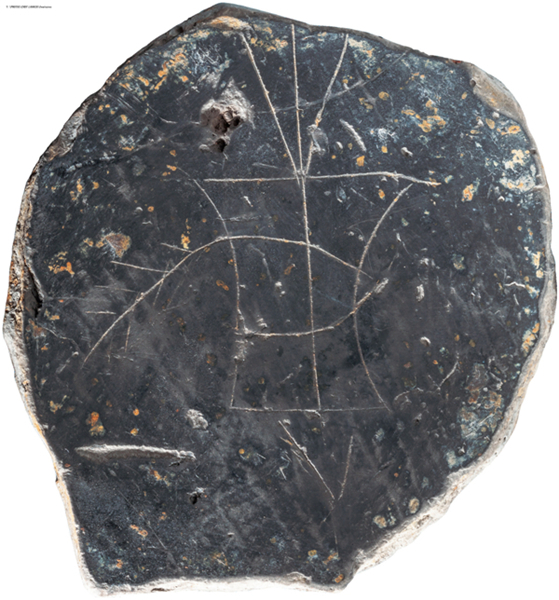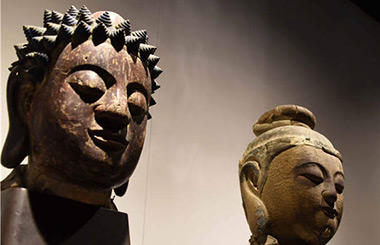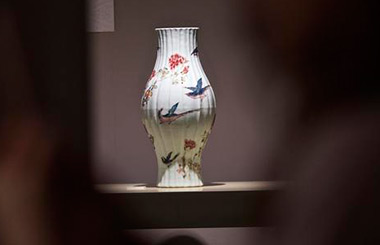 |
|
Since parts of the Liangzhu site was discovered 80 years ago, more than 630 pictographs have been found on unearthed jade artifacts, pottery pieces and stoneware, including those with shapes similar to the English letters X and Y. [Photo provided to chinadaily.com.cn]
|
Following the discovery of an ancient city and its dams, considered to be the earliest hydraulic project found in China, archaeologists studying the Neolithic Liangzhu culture are now preparing to unveil hundreds of pictographs for the public in December, and asking even foreign experts to help decode them.
Liangzhu relics in Hangzhou, the capital of East China's Zhejiang province, is widely thought to be a strong evidence that the Chinese civilization is more than 5,000 years old. Remains of Liangzhu culture in the Yangtze River Delta region is thought to date back 5,300 years.
Since parts of the Liangzhu site was discovered 80 years ago, more than 630 pictographs have been found on unearthed jade artifacts, pottery pieces and stoneware, including those with shapes similar to the English letters X and Y, says Chen Shoutian, deputy director of the Liangzhu site management committee.
























 Raymond Zhou:
Raymond Zhou: Pauline D Loh:
Pauline D Loh: Hot Pot
Hot Pot Eco China
Eco China China Dream
China Dream China Face
China Face





